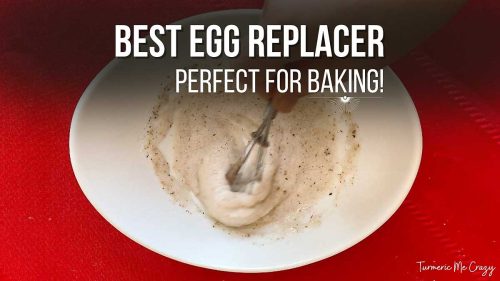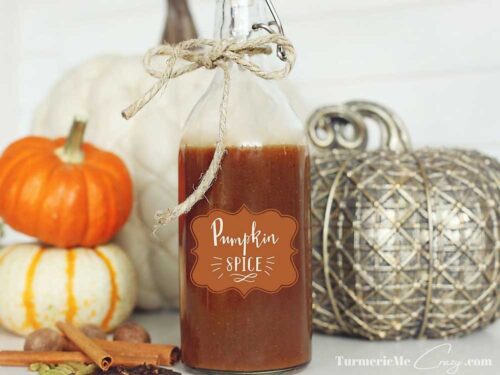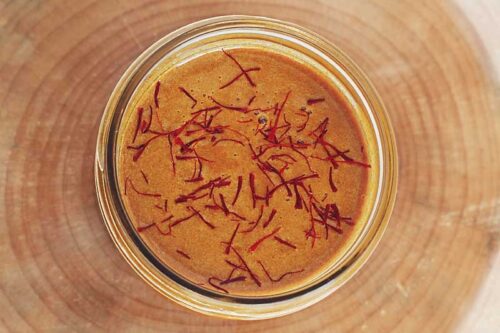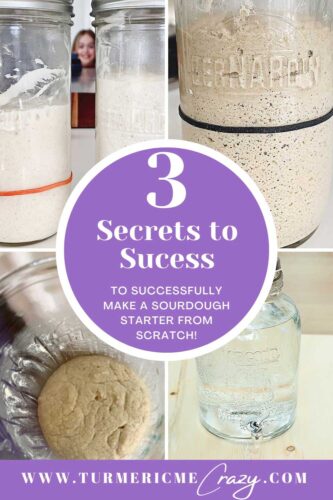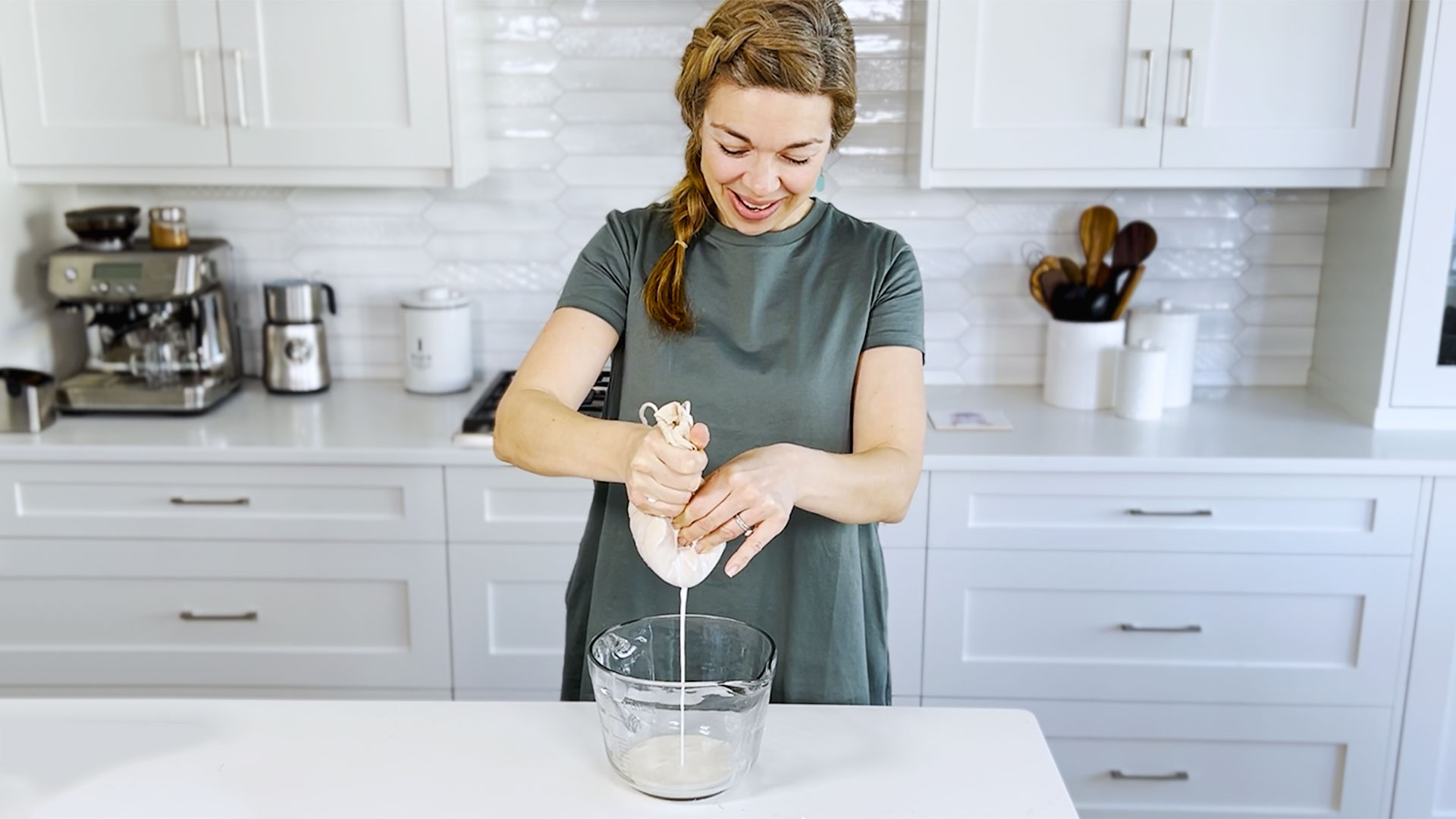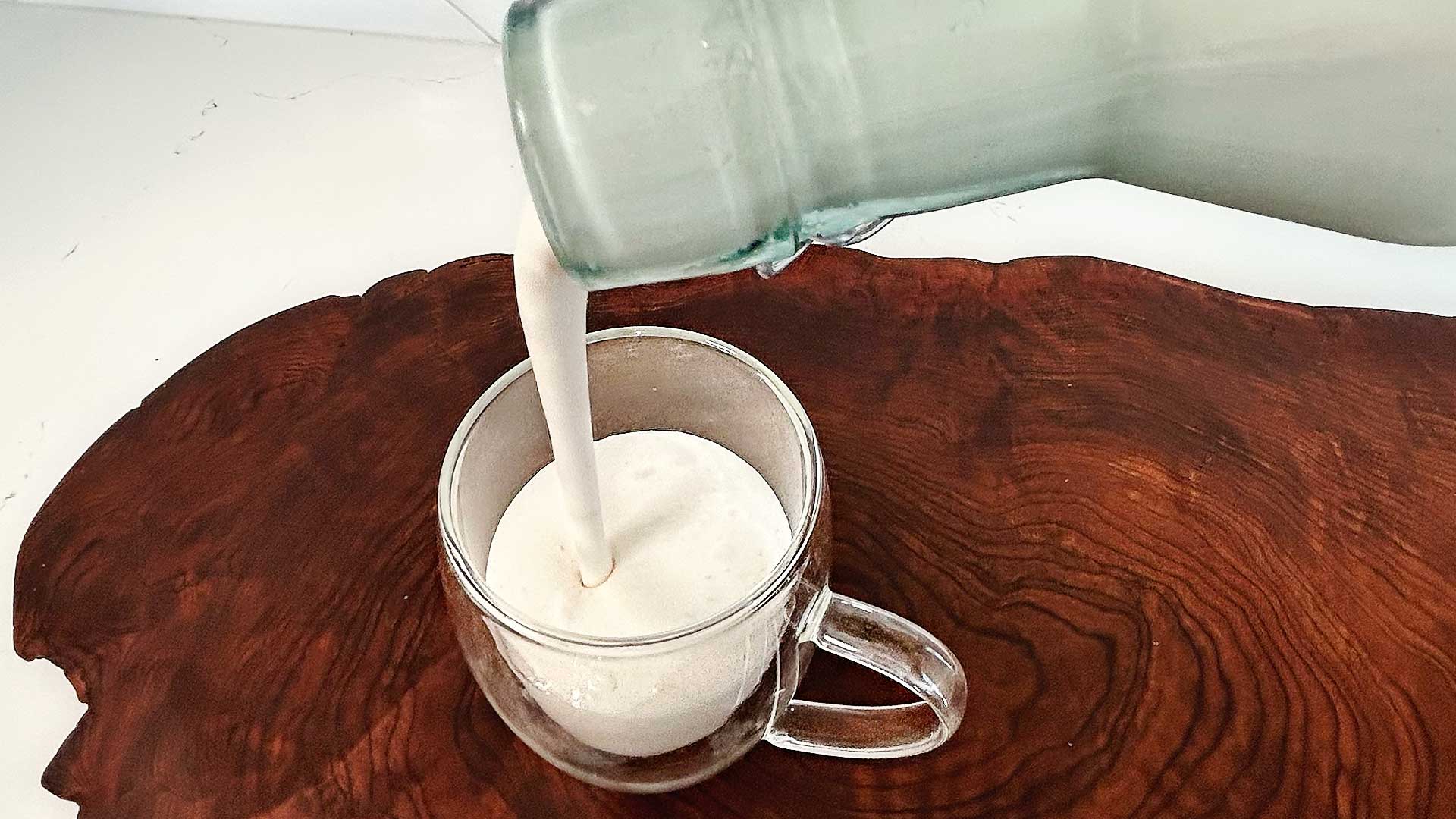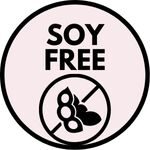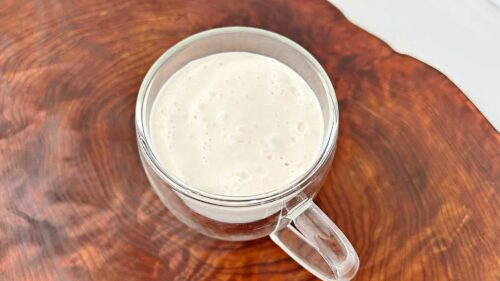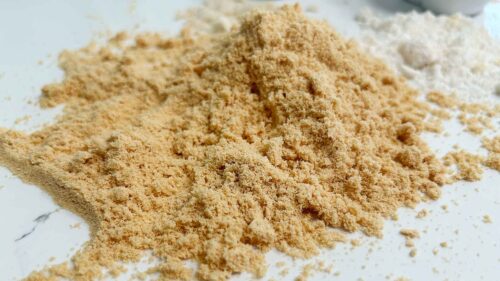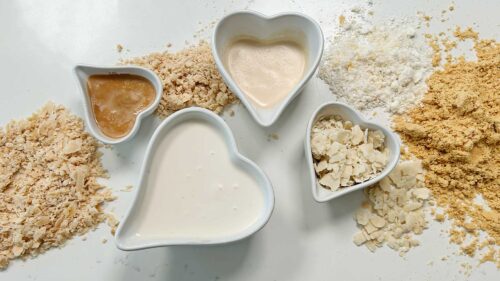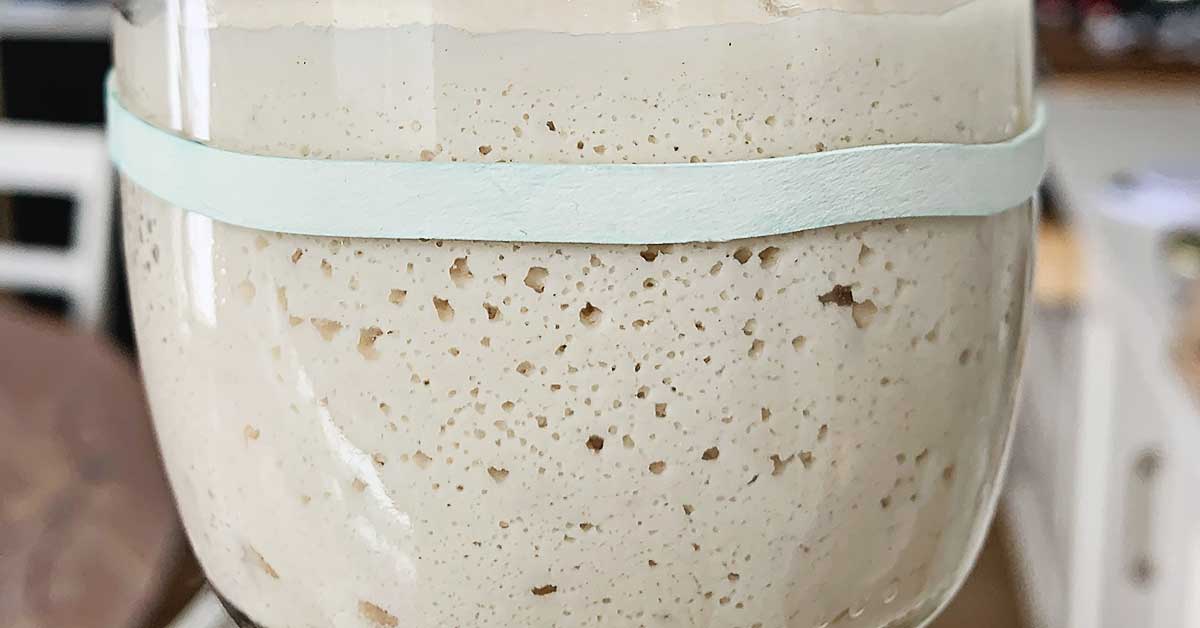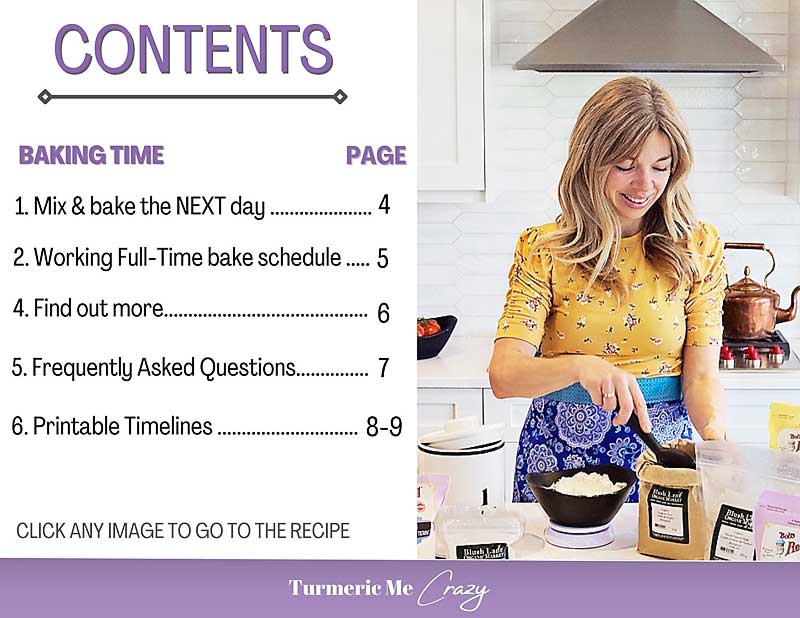Coconut is a versatile ingredient that can be used in a variety of dishes, from curries to cakes and even chocolate. Not only is it delicious, but it also contains a host of health benefits, including healthy fats, fibre, and essential minerals. While many people may be familiar with using canned or boxed coconut milk, making your own coconut milk is SO easy and has several advantages.
When we make these coconut products at home, we literally waste nothing! Everything gets used. All you need is organic unsweetened shredded coconut (or some fresh coconuts) & some fresh water.
WHY YOU'LL LOVE IT!
1. It's cost-effective
Making your own coconut milk, coconut flour, and coconut milk powder can be much more cost-effective than buying them at the store. Store-bought coconut products can be quite pricey, and making them at home can save you a significant amount of money in the long run. Especially if you are buying organic and looking for products that are free from additives & gums!
Additionally, if you live in an area where fresh coconuts are readily available, you can save even more by using fresh coconut flesh to make your own coconut milk, coconut milk powder & coconut flour.
2. It's additive FREE
When buying coconut milk and coconut milk powder at the store, you may have noticed that they all contain either chemical additives, processed ingredients & or emulsifiers. Making your own gives you control over what is in your coconut milk!
3. You control the quality
When you make your own coconut products, you have complete control over the quality of the ingredients you use. You can choose to use organic, non-GMO coconuts and avoid any additives or preservatives or emulsifiers that may be found in store-bought products. This means you can ensure that your coconut products are as healthy and natural as possible.
4. It's fresher
Fresh coconut milk, coconut flour, and coconut milk powder made at home will be much fresher than store-bought products, which may have been sitting on the shelf for months. Fresh coconut products will have a better flavour and aroma, and will also retain more of their nutritional value. Trust me, when see how easy it is to make & you taste this homemade version, you’ll never buy store bought again!
5. It's customizable
When you make your own coconut products, you can customize them to your liking. For example, you can adjust the thickness & fat content of your coconut milk to suit your recipe, or you can make coconut flour with a finer or coarser texture depending on your needs. This level of customization is not possible with store-bought products.
6. It's environmentally friendly
Making your own coconut products can also be more environmentally friendly than buying them at the store. When you make your own products, you can avoid the packaging waste that comes with store-bought products. Additionally, by using fresh coconuts, you can avoid the carbon footprint associated with shipping canned or packaged coconut products long distances (if you are lucky enough to live where you can get fresh coconut).
This recipe is:
COCONUT MILK VS COCONUT MILK POWDER VS COCONUT FLOUR?
Coconut milk, coconut cream, coconut milk powder & coconut flour are all different products made in different ways from the white fleshy part of a coconut. Coconut has essential fatty acids and vitamins that are good for your health.
what is coconut milk?
Coconut milk is a rich, creamy and flavourful liquid, extracted from the pulp of coconuts. It is very rich and has a high fat content. It is perfect for making soups, curries, desserts and many other dishes. However, fresh coconut milk that is free of additives, preservatives & extra emulsifiers is not always easy to find. Fresh coconut milk has a short shelf life making it quite perishable. Luckily, there is a solution – coconut milk powder. Coconut milk powder is an excellent alternative that is easy to make and can be stored for a long time.
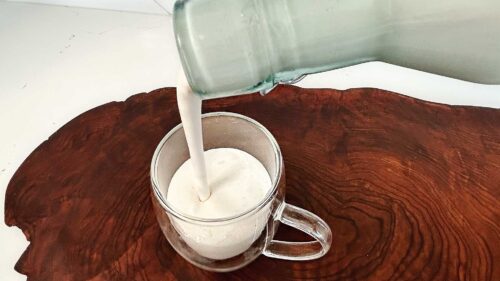
USES OF COCONUT MILK
Coconut milk is a versatile ingredient used in many cuisines, especially in Southeast Asia, where it is an essential ingredient in curries, desserts, and beverages.
Coconut cream is a very thick cream made from coconut milk. When coconut milk cools, the fats float to the top & create a layer of cream. It is very thick, creamy & tastes like coconut and contains 19% – 22% fat. Coconut cream is similar to heavy whipping cream, in consistency & fat % making it a great substitute in most recipes that call for heavy cream.
Coconut cream is not to be confused with cream of coconut which is a sweetened coconut cream almost like a syrup.
USES OF COCONUT cream
Coconut cream is commonly used to make a dairy free whip cream. It is also incredible for creating richness, creaminess & full flavour in curries & soups.
To substitute coconut cream for coconut milk: 2 tablespoons coconut cream + ¾ cup water = 1 cup coconut milk.
Coconut flour is made from dried, ground coconut meat and is a natural byproduct of coconut milk production. Once the coconut meat has been blended with water & pressed to remove most of the fats (coconut milk production), the left over “pulp” is then used to make coconut flour. This “defatted coconut” flour has a lower fat content as most of the oil has been extracted before grinding into a powder.
There is also full-fat coconut flour, in which the dried meat of the coconut is ground into a powder. This type of coconut flour contains more coconut oil and therefore can oxidize and go rancid. Which is why I like making it myself when I need it. When I make coconut milk, I use the “pulp” to make coconut flour & then bake with it.
USES OF COCONUT flour
Coconut flour is gluten free and is often used in baking. It has a soft, powdery texture and a very distinct coconut aroma and it lend this flavour to baking. It tastes a bit nutty & sweet, although milder than shredded coconut.
Coconut flour can be used as a substitute for wheat in recipes, however, only up to 20-25% of the weight of regular wheat flour in the recipe. Coconut flour contains no starch and retains a lot of liquid, so if you use to much it will tend to make your baking flat & dense as it will steal all of the moisture. If you aren’t sure, it is best to use coconut flour in recipes that are developed to be used with coconut flour.
Coconut milk powder is a fine, white powder commercially made through the spray-drying process of raw unsweetened coconut cream.
Making coconut milk powder involves a process of drying out fresh coconut milk until it becomes a fine powder. Much like dairy milk powder is dehydrated milk, coconut milk powder is dehydrated coconut milk. Much of the healthy fats in the milk are retained in the powdered form.
Bear in mind that coconut milk powder is dried coconut milk. It isn’t the same as coconut flour which is often using in baking and comes from the defatted meat of the nut. Coconut milk powder is dehydrated coconut milk, retaining much of the fat (or good saturates!) found in the milk.
Coconut milk powder is a convenient alternative to canned coconut milk. It’s easy to make at home and has many uses for baking & beauty.
USES OF COCONUT MILK POWDER
Coconut Milk Powder is slowly becoming a staple in my pantry!
Coconut milk powder has multiple uses and can use in the raw form by adding directly to soups, smoothies, curries, and sauces; or reconstituted by adding water. Adding a few tablespoons of water to the powdered coconut will create liquid milk, which has many uses depending on how much you want, from thinned-out liquids to heavy and rich creams.
Coconuts are rich in fat and provide many minerals the body needs for a good functioning, such as manganese, copper, iron, and selenium. According to some research, it may help lower cholesterol levels and reduce belly fat.
Here are some of its common uses:
- Curry: Coconut milk powder is a great addition to curry recipes. It adds a rich and creamy texture and enhances the flavor of the dish. Simply mix the powder with warm water to dissolve & create a thick, creamy liquid.
- Chocolate: Our vegan white chocolate & our vegan “milk” chocolate includes coconut milk powder in place of where you would find milk powder in dairy containing chocolate. It lends a lovely flavour & milkiness to the chocolate that we love.
- Baked Goods: You can use coconut milk powder in baked goods like cakes, cookies, and bread. It adds a hint of coconut flavour and makes the texture more moist and fluffy.
- Smoothies and Beverages: Coconut milk powder can be added to smoothies, milkshakes, and other beverages for a creamy and tropical taste with a boost of healthy fats. For a dairy-free creamer, add a spoonful of coconut milk powder to your coffee or tea.
- Soups and Stews: Coconut milk powder can be added to soups and stews to thicken the broth and add flavour.
- Desserts: Coconut milk powder is perfect for making desserts like puddings, ice cream, and sorbet. It adds a rich and creamy texture and a sweet coconut flavor.
- Beauty Products: Coconut milk powder can also be used in DIY beauty products like face masks, hair conditioners and body scrubs. Its natural moisturizing properties make it perfect for hydrating dry skin and hair.

MATERIALS LIST - diy Coconut milk
- Blender – I use a Vitamix but you can use any blender or even a food processor
- Nut Milk Bag & Large Bowl – OR 100% natural unbleached cotton cloth OR Fine Mesh Strainer
- Glass Container – with lid to store milk
- Funnel – optional but helps to pour the milk into your container
INGREDIENTS
- Unsweetened Shredded Coconut – I recommend buying an organic, gluten free coconut. However, if you can’t find it non-organic works too.
- Fresh Water – Fresh, clean water is all that you need!
HOW TO MAKE COCONUT MILK
using unsweetened shredded coconut:
3-steps to make fresh coconut milk from unsweetened shredded coconut:
- Blend coconut & water
- Add the shredded coconut and very warm (not hot) water to a blender or food processor.
- Let rest for 10-15 mins.
- Then, blend on high for 2-3 minutes or until the mixture is smooth and creamy.
- Press / Squeeze out the coconut milk:
- If using a NUT MILK BAG:
- Place the nut milk bag over a large glass container.
- Pour the blended coconut and water into the nut milk bag, tie the end, then squeeze the bag until all of the liquid (milk) is released.
- Set aside the “pulp” this is coconut meal! Learn how to use it to make coconut flour or add it into your baking here!
- If using a FINE MESH STRAINER:
- Line a fine-mesh sieve or triple layer of cheesecloth over a bowl and pour the coconut milk mixture through it.
- Use a spatula to press the milk out of the shredded coconut.
- Use your hands to squeeze the coconut meal and ensure all of the moisture is released.
- Save the left over coconut meal!
- If using a NUT MILK BAG:
- Rest & Use or Store Coconut Milk:
- Allowing the milk sit for 10-15 minutes will cause the fats to rise to the top. This is your coconut cream! You can now skim off the coconut cream with a spoon and transfer it to a separate bowl if you wish to use it separately.
- Store the coconut milk in an airtight container in the refrigerator for up to 4-5 days.
using FRESH coconut:
3-steps to make fresh coconut milk from fresh coconut:
- Blend coconut & water
- Wash and then crack open a fresh coconut and drain the water. You can do this by making a hole in one of the coconut’s eyes with a screwdriver or a knife, and then pouring the water out.
- Remove the coconut meat from the shell. You can do this by using a spoon or a knife to pry the meat away from the shell.
- Cut the coconut meat into small pieces and place in a blender or food processor.
- Add very warm water to the blender or food processor. The amount of water depends on what you’ll use the coconut milk for. See the *note below to help you decide!
Blend the coconut meat and water on high speed for about 2 minutes, or until the mixture is smooth and creamy.
Strain the coconut milk through a nutmilk bag or triple layer cheesecloth over a fine mesh strainer into a bowl.
- Press / Squeeze out the coconut milk:
- Strain the coconut milk through a nutmilk bag or triple layer cheesecloth over a fine mesh strainer into a bowl, squeezing out as much liquid as possible.
- Rest & Use or Store Coconut Milk & or Coconut Cream:
- Pour the coconut milk into a glass container with a lid.
- Allowing the milk sit for 10-15 minutes will cause the fats to rise to the top. This is your coconut cream! You can now skim off the coconut cream with a spoon and transfer it to a separate bowl if you wish to use it separately. Otherwise just leave it with the milk.
- Store the coconut milk in an airtight container in the refrigerator for up to 4-5 days.
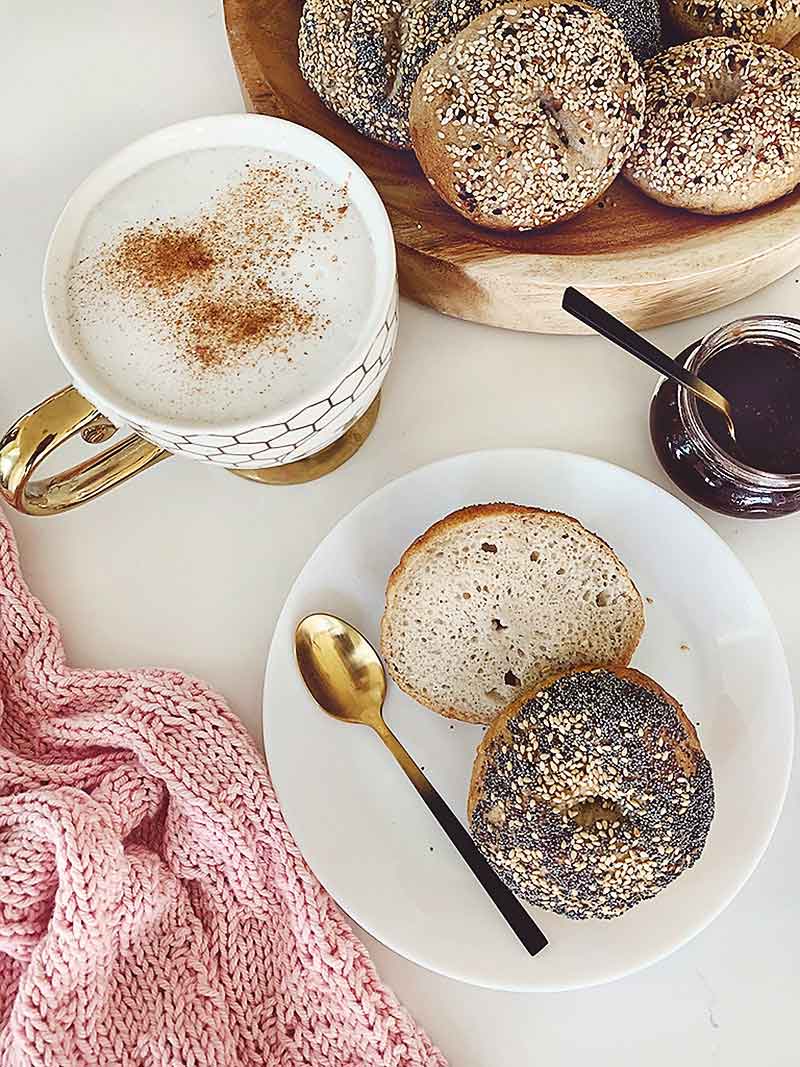
Want more delicious recipes & how to's at your fingertips?
Get updates on our latest posts & recipes from TurmericMeCrazy straight to your inbox!
By clicking subscribe you are consenting to receive emails from TurmericMeCrazy. I will only email you monthly with new recipes & updates. No spam I promise!
PIN THIS diY COCONUT MILK RECIPE for later
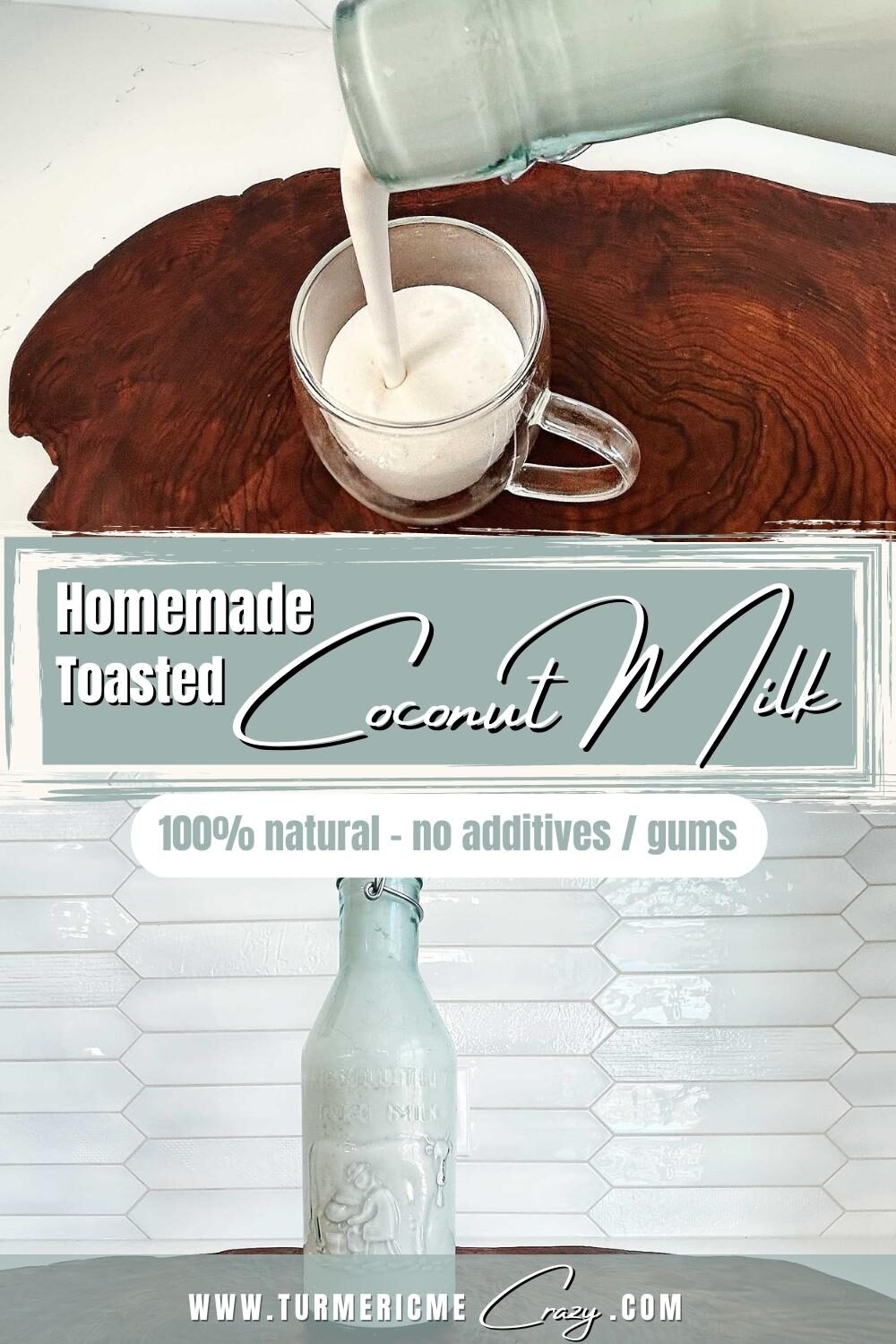
Have a burning question? Please feel free to contact me anytime in the comments below or privately on my contact page.
PLEASE RATE & COMMENT
I sure do hope you try this coconut milk recipe at home. I promise, you’ll love it and won’t believe how easy it is! If you try it, I’d be ever so grateful if you’d please add a comment & a rating onto the recipe below or at the bottom of the post ♡. This will help Google recognize it and help my website grow.
Thank you once again for your readership & support.
Now let’s make some coconut milk!

please share this coconut milk recipe ♡!
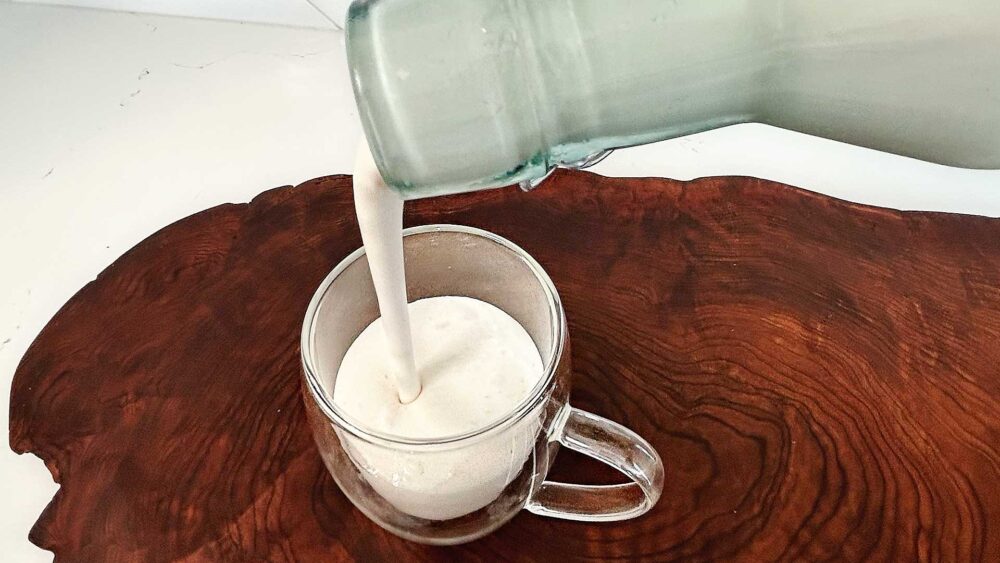
Homemade Toasted Coconut Milk - additive and gum FREE!
Equipment Needed
INGREDIENTS
- 200 g Unsweetened Shredded Coconut
- 300 g Warm Water
INSTRUCTIONS
Blend coconut & water
- Add the shredded coconut and very warm (not hot) water to a blender or food processor. Let rest for 10-15 mins. Then, blend on high for 2-3 minutes or until the mixture is smooth and creamy.
Press / Squeeze out the coconut milk
- Place the nut milk bag over a large glass container. Pour the blended coconut and water into the nut milk bag, tie the end, then squeeze the bag until all of the liquid (milk) is released. Set aside the "pulp" this is coconut meal!
- OR line a fine-mesh sieve or triple layer of cheesecloth over a bowl and pour the coconut milk mixture through it. Use a spatula to press the milk out of the shredded coconut. Use your hands to squeeze the coconut meal and ensure all of the moisture is released. Save the left over coconut meal!
Rest & Use or Store Coconut Milk
- Allowing the milk sit for 10-15 minutes will cause the fats to rise to the top. This is your coconut cream! You can now skim off the coconut cream with a spoon and transfer it to a separate bowl if you wish to use it separately. Store the coconut milk in an airtight container in the refrigerator for up to 4-5 days.
Nutrition
ARE WE CONNECTED YET?
Want to make GLUTEN FREE SOURDOUGH?
make GLUTEN FREE SOURDOUGH bread!
Would you like to make a Gluten Free Sourdough Loaf? You’ll love how easy making this bread becomes with my FREE BAKING TIMELINE & follow-along videos. I sure hope that this helps give you some ease in your gluten free sourdough journey!
OTHER DELICIOUS RECIPES TO TRY...
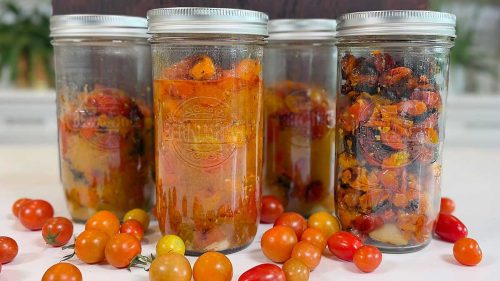
How to Fire Roast Tomatoes – easily preserve tomatoes

DIY Self-Watering Raised Planter

Creamy salmon pasta with green beans and spinach – dairy free!
Using Air-Dry Clay With Decorative Moulds – Beginner’s Tips & Tricks

How to Manage and Style Thick, Coarse, Frizzy Hair!

How to make French Inspired Wall Panels

How to remove paint from carpet
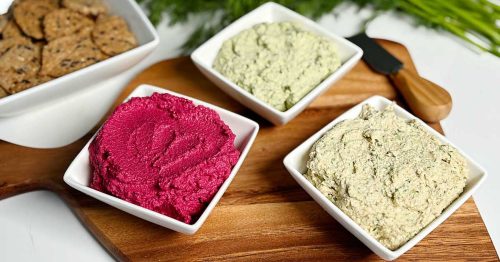
3 Irresistible Cashew Dips
